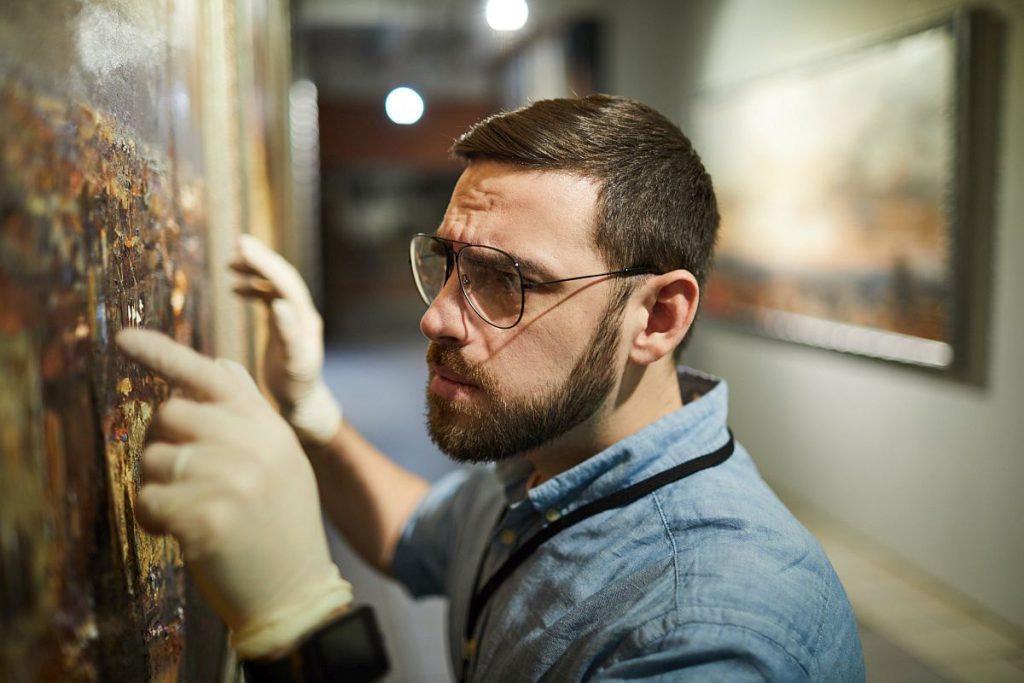The New Labor Movement: Organizing in the Culture Sector

Ken Green
CEO & Founder
UnionTrack
After struggling for decades, the labor movement in the U.S. is finally seeing a resurgence.
Support for labor unions is at a decades-long high, according to Gallup, and workers are capitalizing on the momentum for organizing. What’s particularly notable about this new labor movement is that these worker actions are happening in industries long considered outliers for unions.
One such industry that has seen an explosive growth in organizing activities is the culture sector as white-collar workers at places like museums and art institutes take action.
“We’re seeing a widespread embrace of the idea of labour justice in the museum sector,” says curator and author Tom Finkelpearl. “There’s a new sense of urgency about job safety, job security and job quality. Reasonable expectations are changing, and people are beginning to realise they have routes of recourse.”
Here’s a look at some of the recent worker wins at organizing in the culture sector.
Workers at the Jewish Museum Win Union Election
After announcing their intention to unionize in January 2022, in May staff at the Jewish Museum in New York voted to form the Jewish Museum Union and join the Technical, Office and Professional Union, Local 2110(UAW). The election was a landslide victory for workers with 71 voting in favor of unionizing and only two opposing the effort.
Curators, art handlers, educators, retail staff, visitor services staff, and others in professional and nonprofessional roles make up the 90-person bargaining unit. Their goal is to improve the working conditions at the museum, especially in light of the conditions they faced during the pandemic.
“During the Covid-19 pandemic, many frontline workers at the museum were forced to work at the height of the pandemic surge,” reports art and culture journalist Ani Irish. The unsafe working conditions combined with stagnant wages and long hours pushed workers to unionize, she explains.
“Museums depend a lot on our seasonal labor,” says Bryan Cook, an art handler at the museum. “They can’t mount exhibitions without us. Yet our pay is low and our working conditions are not always safe. We need to hold these major art institutions accountable for their treatment of workers like us.”

Staff at the American Museum of Natural History Vote To Unionize
Layoffs, extended furloughs with pay cuts, and unsafe working conditions during the pandemic led to the unionization of the American Museum of Natural History (AMNH) in May 2022.
“I think for all of us, top concerns were COVID safety, especially for visitor-facing staff, and issues of compensation and benefits,” says AMNH employee and union member Alexandra Walling. “Many staff were on the extended furloughs at 80 percent [or] 60 percent pay for many months since the start of COVID.”
The newly-formed 184-person unit, which includes educators, scientists, graduate assistants, gift shop employees, and many others joins the American Federation of State, County and Municipal Employees (AFSCME) District Council 37, which already represented 78 positions at the museum, reports Jasmine Liu, staff writer for Hyperallergic.
Employees at the Guggenheim File Petition to Form Second Union at the Institution
In August 2021, a group of workers from a variety of professional positions including curators, administrative staff, conservators, and educators at the Guggenheim in New York filed a petition to form a union with the Technical, Office and Professional Union, Local 2110, (UAW). Wage equity, transparency, job security, and racial equity and diversity were cited as the key issues driving employees to unionize.
“We want to have a voice,” says employee Rosemary Taylor of the unionization effort. “We want to make the jobs that we love better so we can keep doing them.”
It’s the second such organizing campaign at the museum. In 2019, installers, fabrication specialists, maintenance workers, and others voted to join the International Union of Operating Engineers (IUOE) Local 30. This unit signed its initial collective bargaining agreement after two years of negotiations.
These are just a few in a long list of cultural institutions where workers are unionizing in greater numbers after COVID-induced mass layoffs, workplace closures, and long-term furloughs. As workers continue organizing in the culture sector, a communication tool like UnionTrack ENGAGE can help them stay connected to each other throughout the process.
Images by: seventyfour74/©123RF.com







